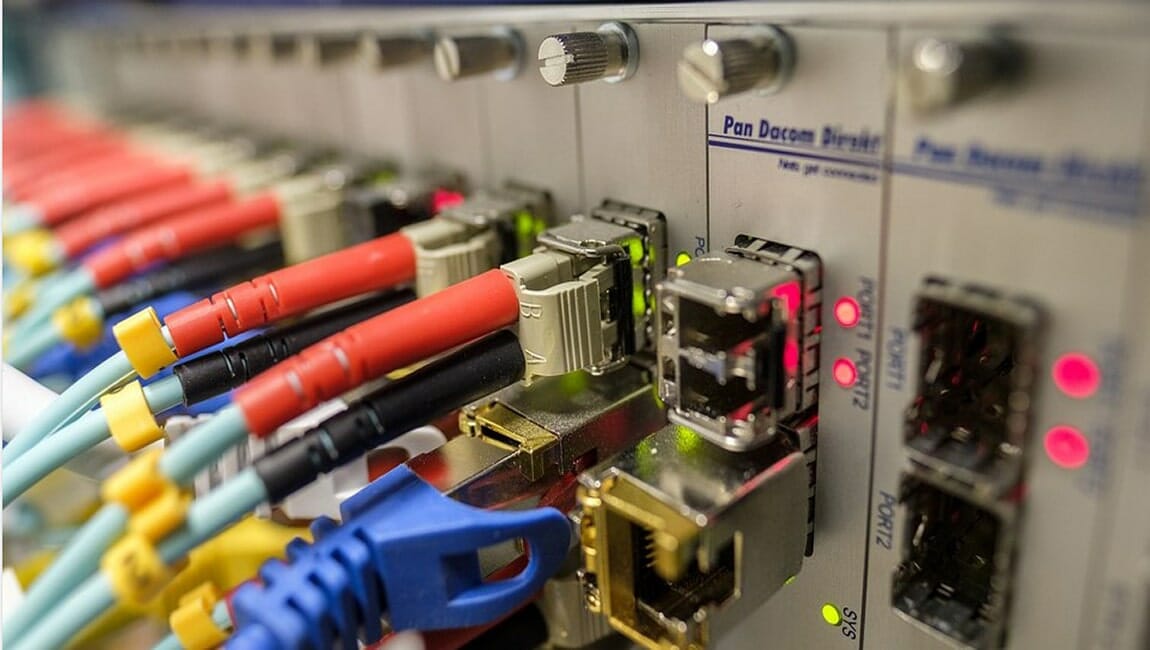

So yeah, while the cable may have written 100 Mhz on it, that doesn't mean at 101 Mhz all hell breaks loose, most Cat5e will actually have a bandwidth of more than 100 Mhz.
#Cat 6 vs cat 5e for mac to mac data transfer free#
Depending on how cable is layed out, if there's interference and other crap, you will get corrupted packets of data, and the ethernet cards will detect that and require the data packets to be retransmitted, you may get dropped packets so basically overall it's not good if you want consistent error free connection.Ĭat6 raises the minimum bandwidth of the cable to 250 Mhz and the cable itself is designed with tighter twists in the pairs and often there's an insulation material between the pairs to prevent crosstalk and these improve the signal quality and make it possible to guarantee 5 gbps up to 100 meters and 10 gbps over around half that distance.Īnd cat6a raises the minimum bandwidth to 500 mhz and pretty much that. Since the ethernet standards were invented more than a decade ago, they made ethernet cards with more brains, that have way more powerful signal processors and amplifiers built inside them, so they can work with weaker signals and have better error correction and recovery and that's how it's possible now to guarantee up to 2.5 gbps under all conditions, up to 100 meters, even with a cable that can do only 100 Mhz of bandwidth.Ī 10 gbps ethernet card is even more powerful and sends the data packets with higher power levels through the cable, there's higher signal to noise ratios, so of course over short distances two 10gbps cards may be able to agree to work at 10gbps at cat5e, but you have no guarantee of quality.

Understandably, there is much confusion in the market about which cable is better. The manufacturing of cables has been perfected a lot, so much that even cheap cat5e cables will exceed 100 Mhz of bandwidth by a significant amount, so cards can go over 1gbps. Cat 6A - which should you choose Arguably this is one of the most common questions we get. Most of this confusion comes from a misunderstanding by the buyer that buying CAT6 cable will give them an 'all gigabit' network. It depends on the network cards and the quality of the cable.Ĭat5e basically means the cable must achieve a minimum bandwidth of 100 Mhz and that depends on the quality of copper (or copper clad aluminum) used, the insulation on the wires and how precise the twisted pairs are created (twists per inch in each pair, twists per inch over all pairs and so on). Technically all you need is CAT 5E to get gigabit speeds, but future routers may be able to offer even faster speeds. Currently there is a great deal of confusion among Ethernet cable buyers concerning whether to purchase Cat5E, or to use CAT6.


 0 kommentar(er)
0 kommentar(er)
